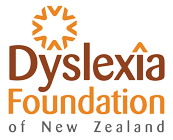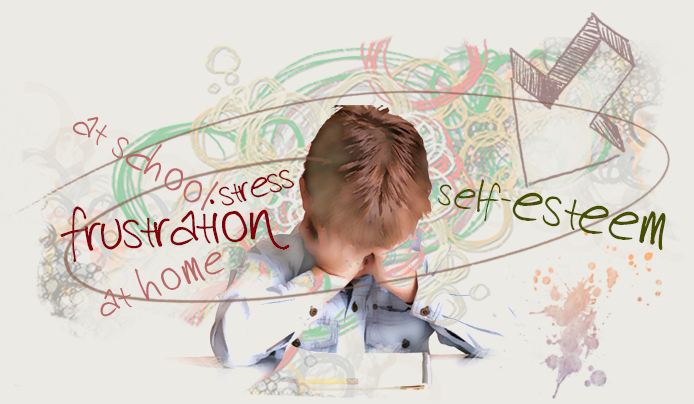|
EQUITY GAP BETWEEN LOW AND HIGH DECILE SCHOOLS PERSISTS; GOVERNMENT RESPONSE FAILS TO ADDRESS
Low decile New Zealand secondary schools continue to lag significantly behind high decile counterparts in catering for students with learning differences, and more than half of decile 1 schools have no students receiving assistance at NCEA exam time, according to latest NZQA figures.
The figures, released to Dyslexia Foundation of New Zealand in late February 2017, show that only 2.86% of students at decile 1 schools received special assessment conditions (SACs) in 2016, compared with 8.4% of decile 10 students. SACS allow for reader or writer assistance, computer use, or extra time, and are critical to NCEA success for students with learning differences such as dyslexia.
Of New Zealand’s 55 decile 1 schools, 28 failed to make a single application for special assessment conditions (SACs) for their students at exam time, and a further 12 had low levels of SAC applications at four or less per school.
Guy Pope-Mayell, DFNZ Chair of Trustees, says the NZQA figures are a clear proof point for why the Government’s response to the Parliamentary Select Committee Inquiry into learning difference is totally inadequate.
“Let’s be clear, overall the NZQA figures do show increasing numbers of SACs applications, and some increases in applications from low decile schools. But, until all schools are made accountable to cater for these students, and funding is tagged for this, then principals and school boards will continue to be able to direct money into other areas.”
The Government response, released on 23 February 2017, accepted 45 of the 46 Select Committee recommendations but failed to take into account Minority Report recommendations that would have given teeth to the report. In addition, the report recommendation rejected by the Government (recommendation 33) was the only one that tasked the Ministry of Education to look into funding specific resource to help students with learning difference.
“The Government response is a Clayton’s response to a Select Committee Inquiry that uncovered hard data and heart-rending accounts of injustice in the current system for students with learning differences from dyslexia to autism and dyspraxia.
“The social costs range from depression to suicide and prison incarceration for students who are not supported to succeed in the learning environment so disengage or act out in other ways. Yet the Government still seems to be failing to connect the dots and address the root of these issues in the education system, Guy Pope-Mayell says.
Overall, the 2016 NZQA figures show a 23.3% increase in total SAC applications for 2016, to 8,737, from 7,088 in 2015. This compares with a 27.8% lift between 2014 and 2015. Total SAC student applications as a percentage of total students rose to 5.2%, compared with 4.2% in 2015.
The figures also show that schools which in previous years have had a large percentage of students with SAC (15-20%) continued to obtain SAC at these rates for 2016. And some schools have made considerable progress in recent years. In particular, Otahuhu College in decile 1 which had zero applications a few years ago made 25 SAC applications last year, representing 3.9% of its student population. This rate is now higher than some high decile schools considered to be top performing in terms of SACs, for example decile 9 schools Epsom Girls Grammar (3.7%); Macleans College (3.6%); and Westlake Girls’ High School (2.9%).
Download the full DFNZ media release here
Download the Select Committee Report here
See topline 2016 SAC data here here
|

